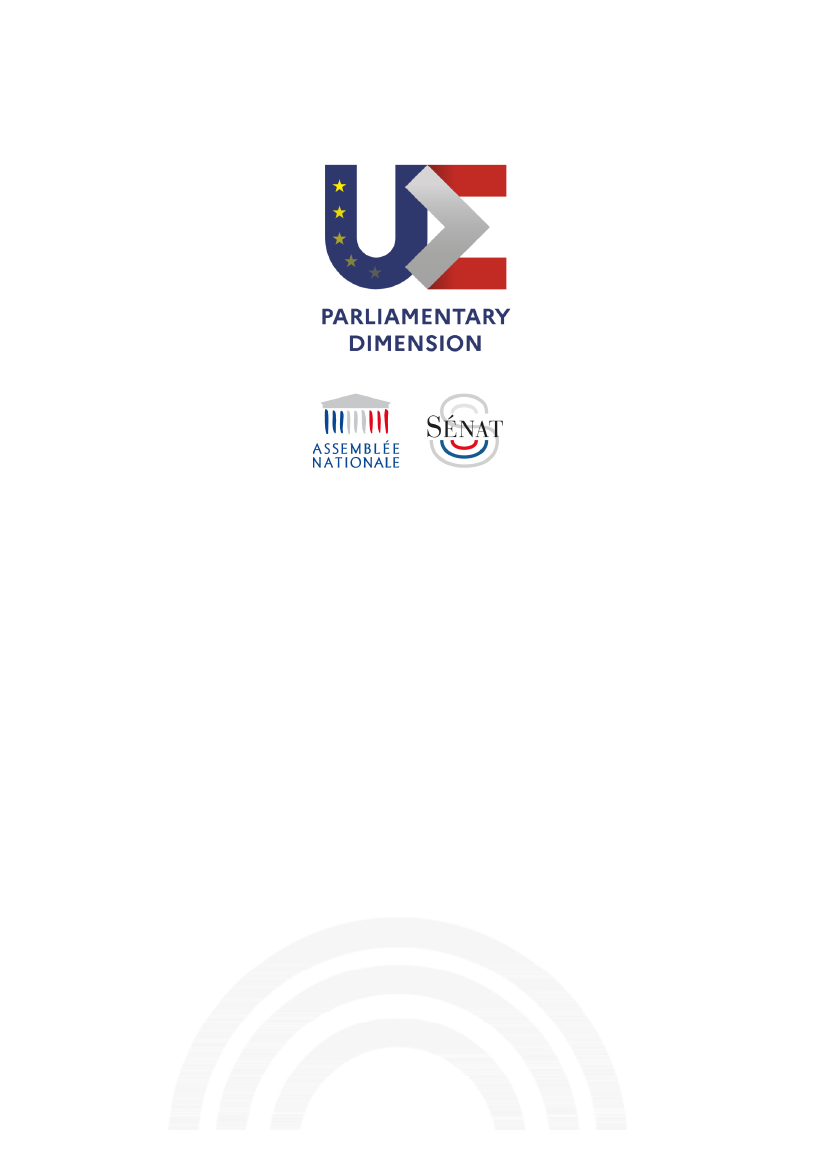Europaudvalget 2021-22
EUU Alm.del Bilag 310
Offentligt
Background note
Session 2
Strategic autonomy in the energy field: the example of rare
metals.
With a keynote speech of Mr Guillaume Pitron, journaliste, auteur de
The Rare Metals War: the dark side of clean energy and digital
technologies
Interparliamentary Conference on the strategic economic autonomy of
the European Union
Paris, 14th March 2022
EUU, Alm.del - 2021-22 - Bilag 310: Invitation til interparlamentarisk konference om EU's økonomiske suverænitet 13-14/3-22
Session 2
Strategic autonomy in the energy field: the
example of rare metals
The energy transition implies the production and consumption of
decarbonised electricity and the progressive phasing out of fossil energies.
Whereas traditionally the emphasis has been on the security of energy supplies,
the energy transition also means focusing on rare metals,
which are
indispensable components in renewable energies (wind and solar power) and
electric batteries. These metals include in particular copper, aluminium, lithium,
cobalt, nickel and rare earths.
This use of rare metals poses four economic challenges.
Firstly, it
carries with it a risk of inflation,
the prices of copper and
aluminium having risen sharply over the last few years.
In addition, it
creates a risk of dependency on the producer countries,
whose economic, social and environmental standards are often lower than
European standards. Broadly speaking, half of copper is produced in Chile and
Peru, half of aluminium comes from China, and half of cobalt is produced in the
Democratic Republic of the Congo (DRC).
Another important point is that
this use of rare metals is a source of
negative externalities,
such as greenhouse gas (GHG) emissions,
environmental pollution or nuisance for local populations. For example, the
production of aluminium alone generates 1% of all the world’s GHG emissions.
2
EUU, Alm.del - 2021-22 - Bilag 310: Invitation til interparlamentarisk konference om EU's økonomiske suverænitet 13-14/3-22
Finally,
this use of rare metals must become part of the circular
economy,
with an emphasis on local production, but also collection and
recycling of waste. There remains much to be done in this respect, with only
10% of lithium batteries being recycled, for example.
This dependency was first identified by the European Commission at the
beginning of the 2010s, but it has taken a worrying turn since China has taken
control of virtually all the resources of rare earths. The reinforcement of mining
potential in Europe or the improvement of recycling technologies will play an
essential role in the European Union’s strategic autonomy in this area.
Proof of the growing involvement of public authorities,
France has, for
example, adopted an objective of mining sovereignty as part of its reform
of the Mining Code
under the “Energy‑Climate” Law of August 2021, which
sets the following objectives: “to develop the attractiveness of mining on
national soil whilst ensuring demanding environmental and social requirements
are met, to repatriate value chains, to secure channels of supply, to guarantee
the knowledge, traceability and re-use of subsurface resources and to reduce
France’s dependency on imports.”
In this context, several questions will be at the centre of this session:
what
is the scale of the “hidden face” of the energy transition? To what extent
is Europe dependent on the rest of the world for the supply of rare
metals? How can this dependency be reduced, whilst improving the
exploitation of mining potential or recycling technologies?
3


